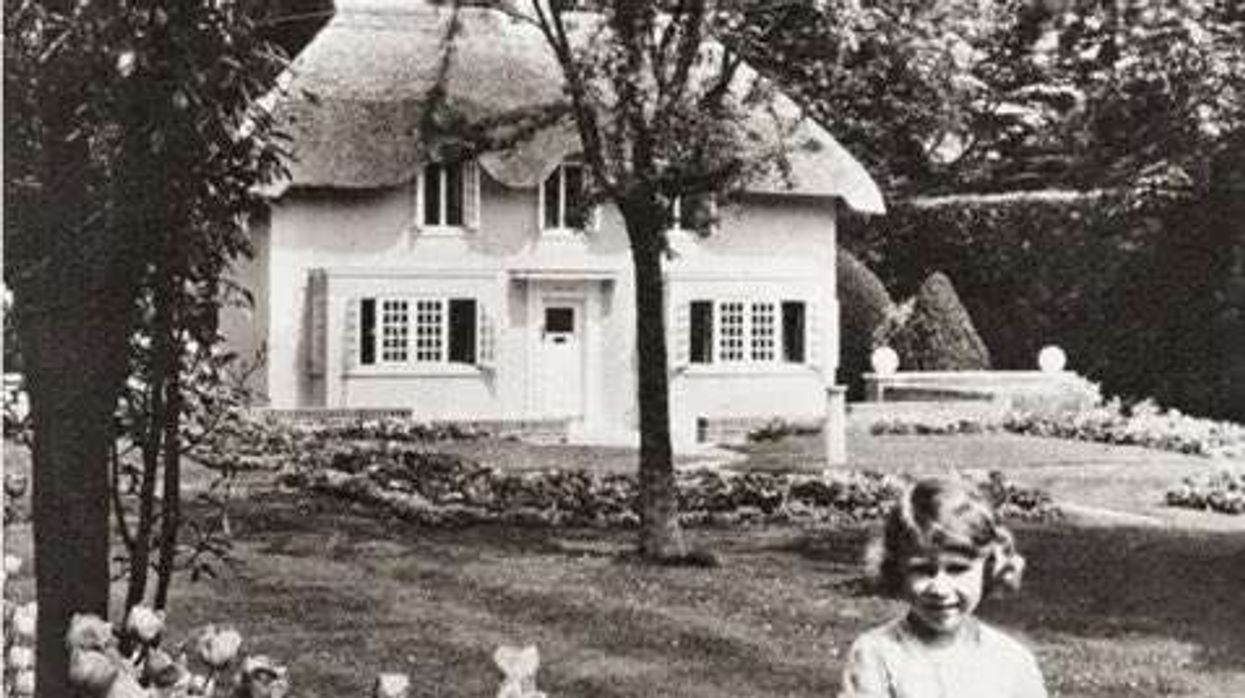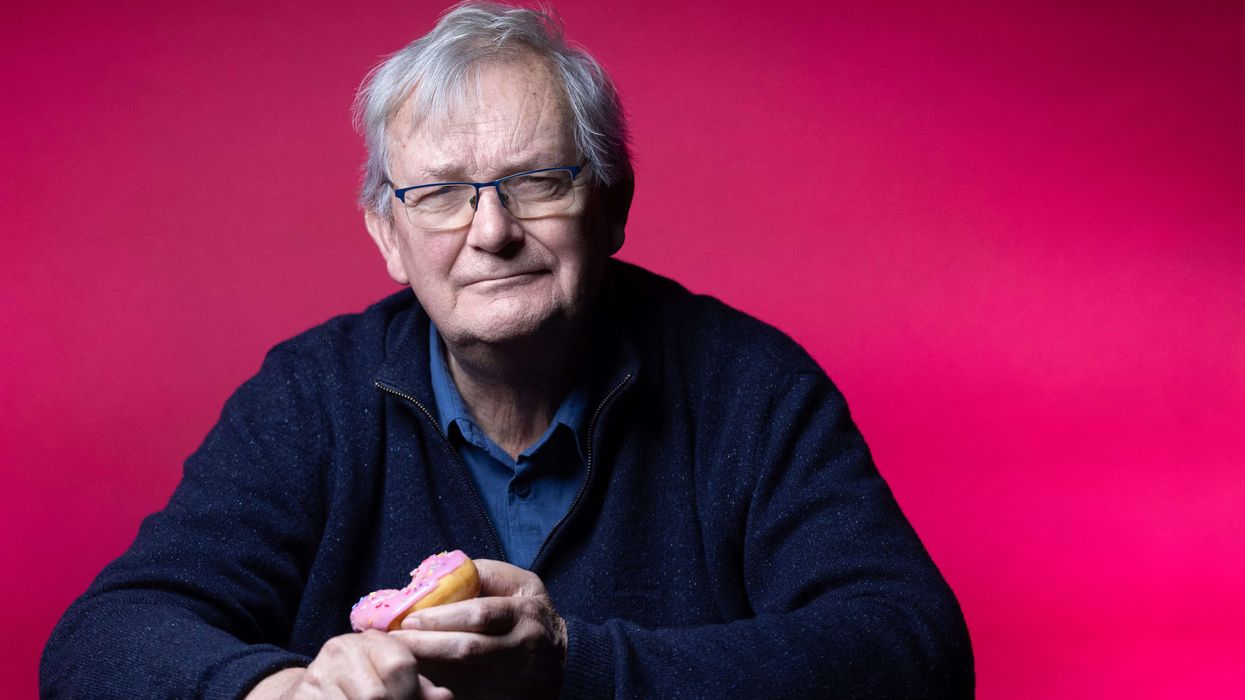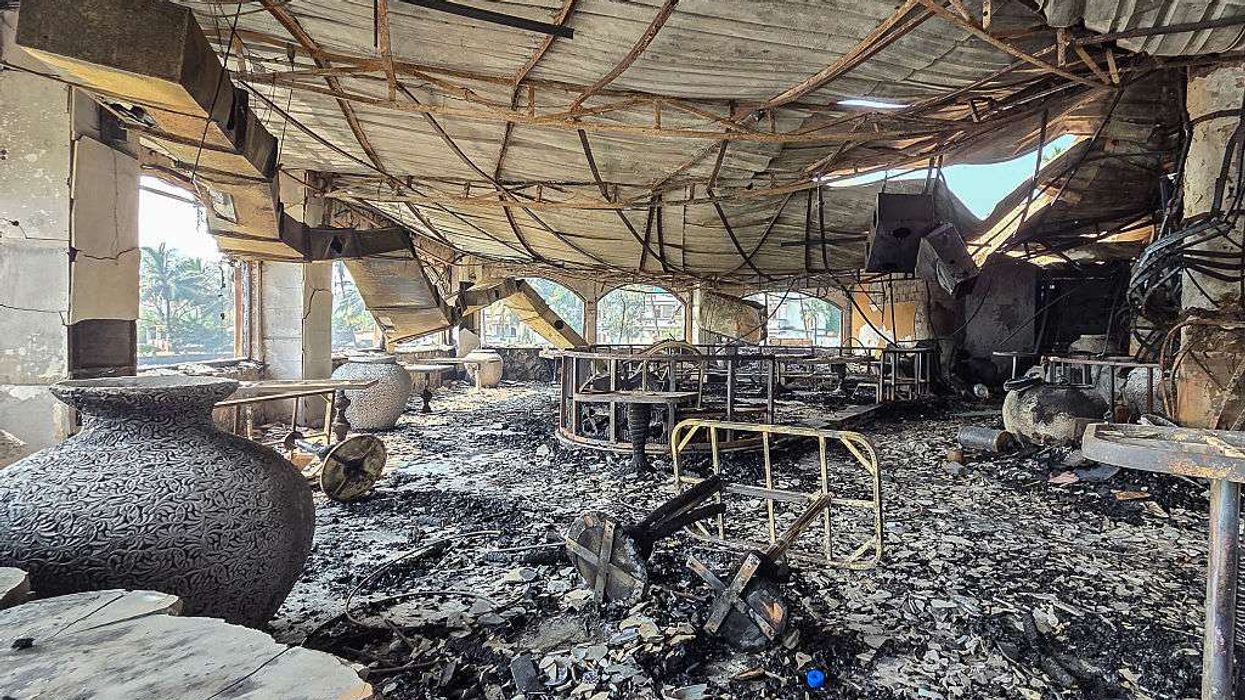A farmhouse located on the Althorp Estate, the former home of Princess Diana, has been destroyed in a suspected arson attack. Earl Spencer, Diana’s younger brother, confirmed the incident and said the fire was believed to have been started deliberately by vandals.
Emergency services were called to the estate in the early hours of 28 May, where they found the building “fully on fire”. The affected property, Dallington Grange Farmhouse, was an 18th-century building that had been unoccupied for several years and was scheduled for redevelopment.
In a statement shared on social media, Earl Spencer said: “Stunned to learn that one of Althorp House’s farmhouses – fortunately, unoccupied at the time – was apparently burnt down by vandals last night. So very sad that anyone would think this a fun thing to do.”
Adey Greeno, the estate’s long-serving head gamekeeper, echoed these sentiments, adding: “The farmhouse that we lost to a deliberate act of vandalism last night has now had to be razed to the ground for safety reasons. So sad. The world we live in.”
Northamptonshire Police have confirmed the fire is being treated as deliberate, though investigations into the exact cause are ongoing.

A spokesperson for Northamptonshire Fire and Rescue Service stated that firefighters were called at approximately 1.30am to a blaze on Mill Lane in Kingsthorpe. On arrival, they found a two-storey, unoccupied farmhouse engulfed in flames. At the peak of the incident, four crews equipped with breathing apparatus and hose-reel jets worked to control the fire and prevent it from spreading further.
By the following morning, one crew remained at the site, accompanied by a water bowser, to extinguish any remaining hotspots.
David Horton-Fawkes, Chief Executive of the Althorp Estate, expressed gratitude to emergency responders and estate staff for managing the fire: “Our priority is to secure the site and make sure it is safe. As far as we know, no one was injured and we are very grateful to Northampton Fire Brigade and the estate team for dealing with the fire so effectively.”
Althorp Estate, situated in Northamptonshire, has been in the Spencer family for over 500 years. The 13,000-acre property was inherited by Charles Spencer in 1992. The estate gained international attention following the death of Princess Diana in 1997. She was laid to rest on a small, private island in the middle of Oval Lake, within the estate grounds. This secluded area, located in the Pleasure Garden, is not open to the public, but a memorial nearby allows visitors to pay their respects.
Diana spent much of her early life at Althorp after moving there with her family in 1975. It was where she met a young Prince Charles before their marriage. While she often spoke candidly about her difficult childhood, particularly the impact of her parents’ separation, she reportedly loved the estate and its surroundings.
In past interviews, Diana reminisced about practising tap dancing on Althorp’s marble floors, and it is said that the grand King William bedroom was her favourite room in the house.
Betty Andrews, a former cook at Althorp, once told the BBC: “Looking back, it was probably the happiest time of her life. You get the sense that she is coming home. Her father is buried here. I’m sure it is what she would have wanted.”
Investigations into the fire continue, as the estate works to secure the site and assess the full extent of the damage.













